Supermooned!
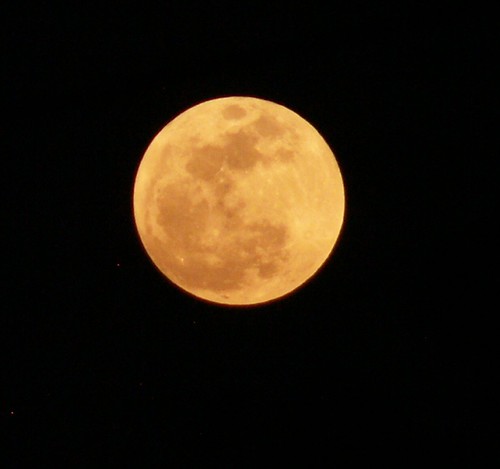
Large
Photographed on May 5, 2012, at 8:25 p.m. Eastern, 1/40-second exposure at f/4.5.
Moonrise for my location occurred at 7:57. Rather than photographing from my driveway as I usually do, I had walked several blocks from home to catch the Full Moon as early as possible.
Says NASA, "The perigee full moon on May 5, 2012 will be as much as 14 percent bigger and 30 percent brighter than other full moons of 2012."
A perigee Full Moon occurs when the Full Moon is also at perigee, the closest approach to the Earth in its orbit. Perigee Full Moons occur about once a year.
I had headed out early for my orbit-side view. While waiting, I turned West and caught this sunset with contrail at 8:08 p.m.:

A couple of neighbors had also come out to take a look. We got our first glimpse at 8:14.

Large
Here she comes! I photographed the shot above using a half-second exposure at f/4.5.
Below: 0.6-second exposure at f/8 at 8:16.
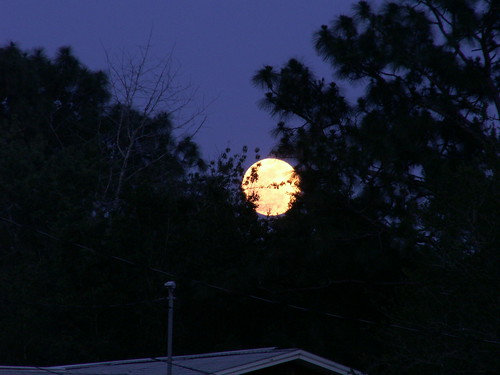
Large
Below: Half-second exposure at f/8 at 8:17.
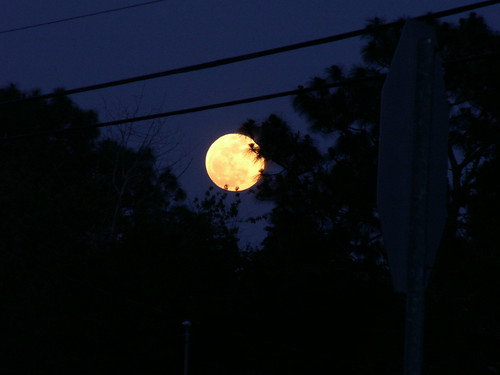
Large
Below: 0.6-second exposure at f/4 at 8:20.

Large
Zoomed in: 4-second exposure at f/8 at 8:22.
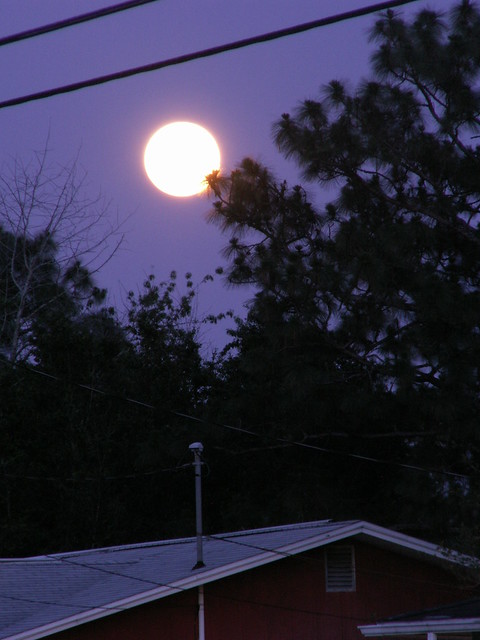
Large
Rising behind a wire. From L-R: 1/20-second exposure at f/8, 1/60-second exposure at f/4.5, and 1/80-second exposure at f/4.5. Photographed at 8:30-8:31.
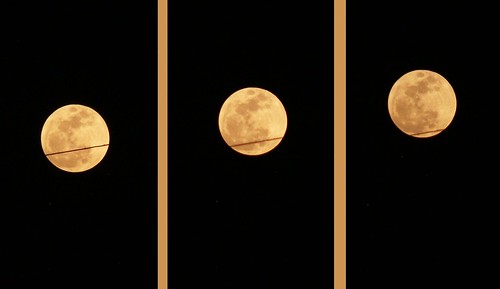
Large
Night lights: 4-second exposure at f/4.5 at 8:32.
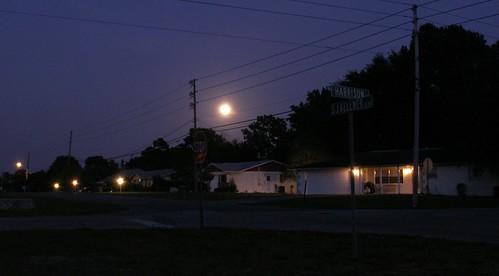
Large
As the "Supermoon" rose in the East, Venus descended in the West. Close to it (at about the 1:30 position if Venus were the center of a clock face), you can see the star Alnath, the second-brightest star in the constellation Taurus the Bull. Alnath marks the end of one of Taurus's horns.
Alnath means "the butting (horn)" according to Chris Dolan at the University of Wisconsin-Madison. You can track Venus and other planets at Naked Eye Planets.
I took this shot using a 4-second exposure at f/2.8 at 8:39 p.m.

Large
Alnath -- also spelled Elnath -- is at the top of this graphic, slightly left of center:













0 Comments:
Post a Comment
<< Home